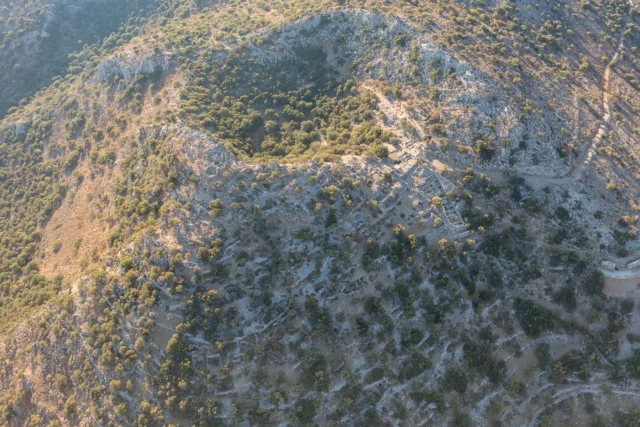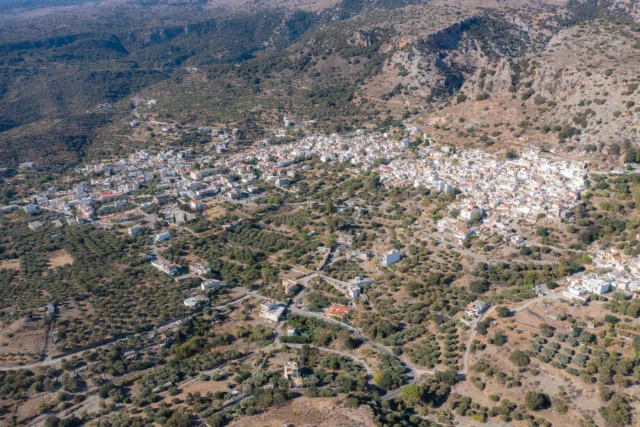
Ancient Lato
8:30 am - 3:30 pm
Lato, an ancient city in Crete, reached its peak after the Dorian arrival. Named after the goddess Leto, Lato was strategically located on a hilltop overlooking the Mirabello Gulf. The city was heavily fortified, with strong walls, gates, and towers. Lato was one of the most powerful city-states in ancient Crete, with a well-organized political structure and a thriving economy. The city's port, Lato pros Kamara, facilitated trade and contributed to its growth. The archaeological site of Lato features well-preserved remains, including the agora, prytaneion, theater, temples, and private houses. Lato was eventually abandoned in the Roman era but was rediscovered in the late 19th and early 20th centuries. Today, it is a popular tourist destination, offering visitors a glimpse into the life of an ancient Cretan city. Lato was the birthplace of Nearchus, a famous admiral who served under Alexander the Great.

Olous
Olous, an ancient Cretan harbor city, now largely submerged off the coast of Elounda, was inhabited from the Early Minoan period through the Hellenistic period. Its strategic location in the Mirabello Gulf made it a significant maritime hub, connecting the Eastern and Western Mediterranean. Archaeological investigations, including underwater surveys, have revealed remnants of Minoan cemeteries, fortifications, and possible public buildings. The city's history is intertwined with that of other Cretan powers like Knossos and Lato. Olous was known for its temple to Britomartis and its connections with Ptolemaic Egypt. Today, the site offers a glimpse into Crete's rich maritime past.







